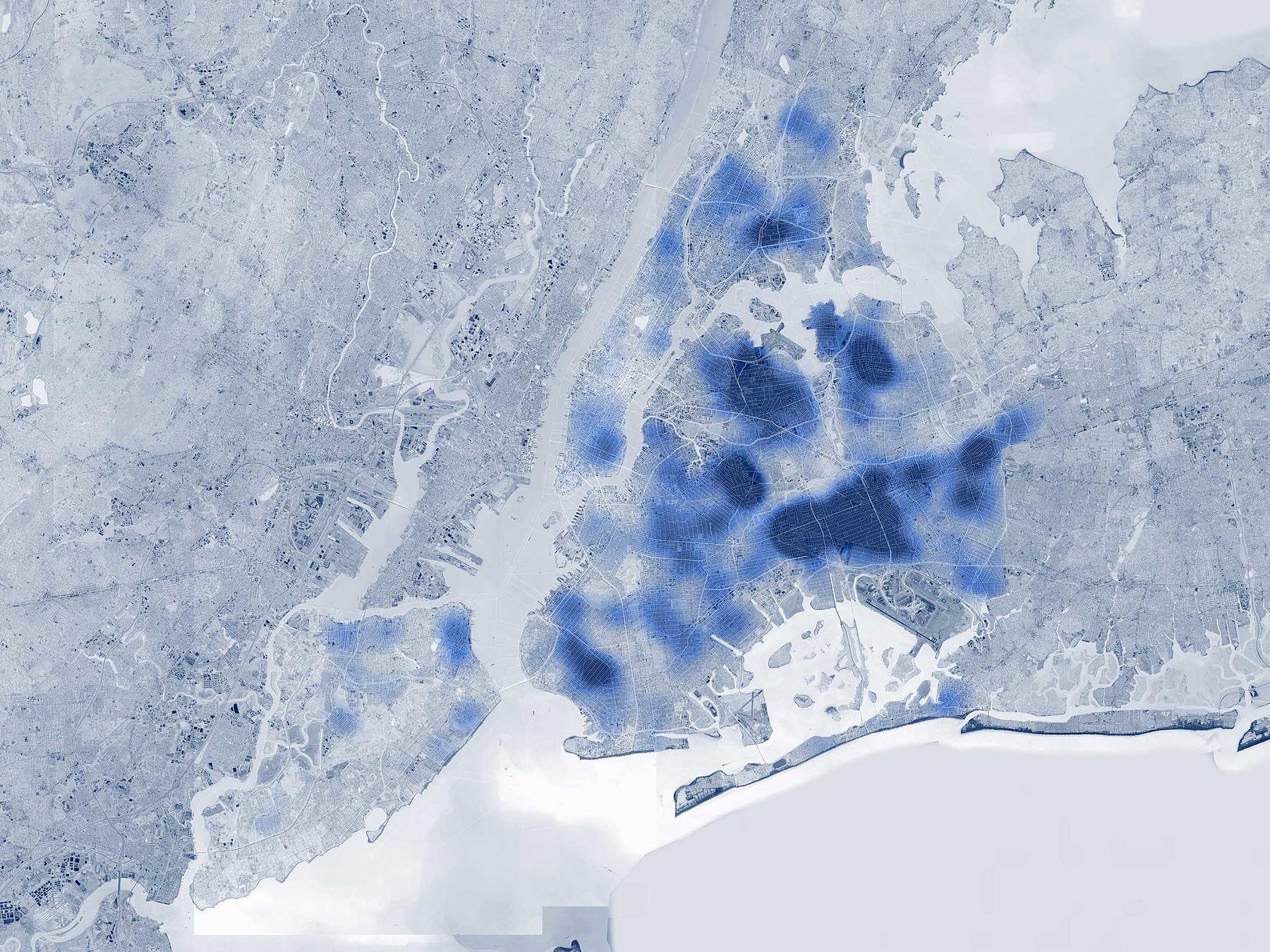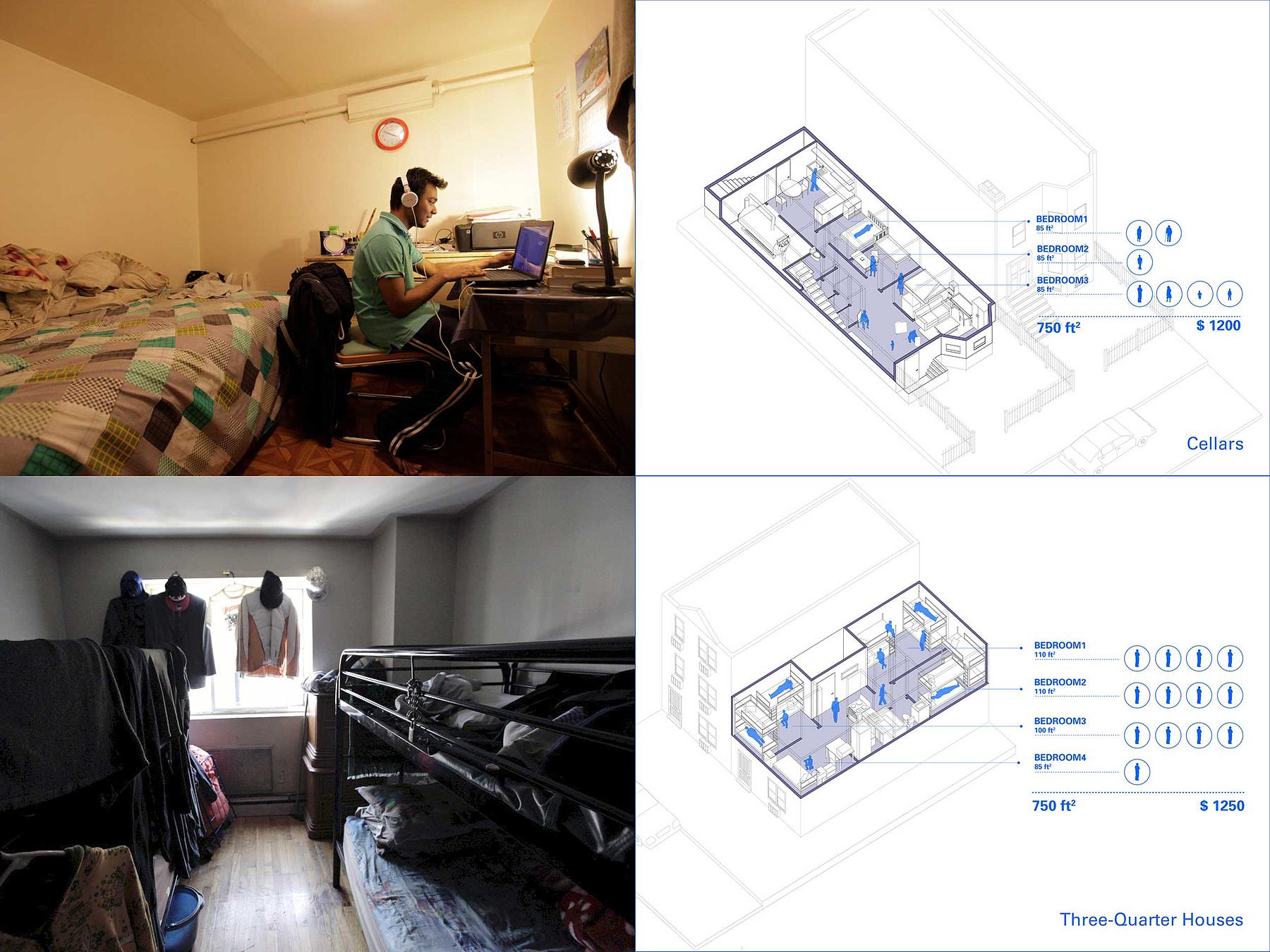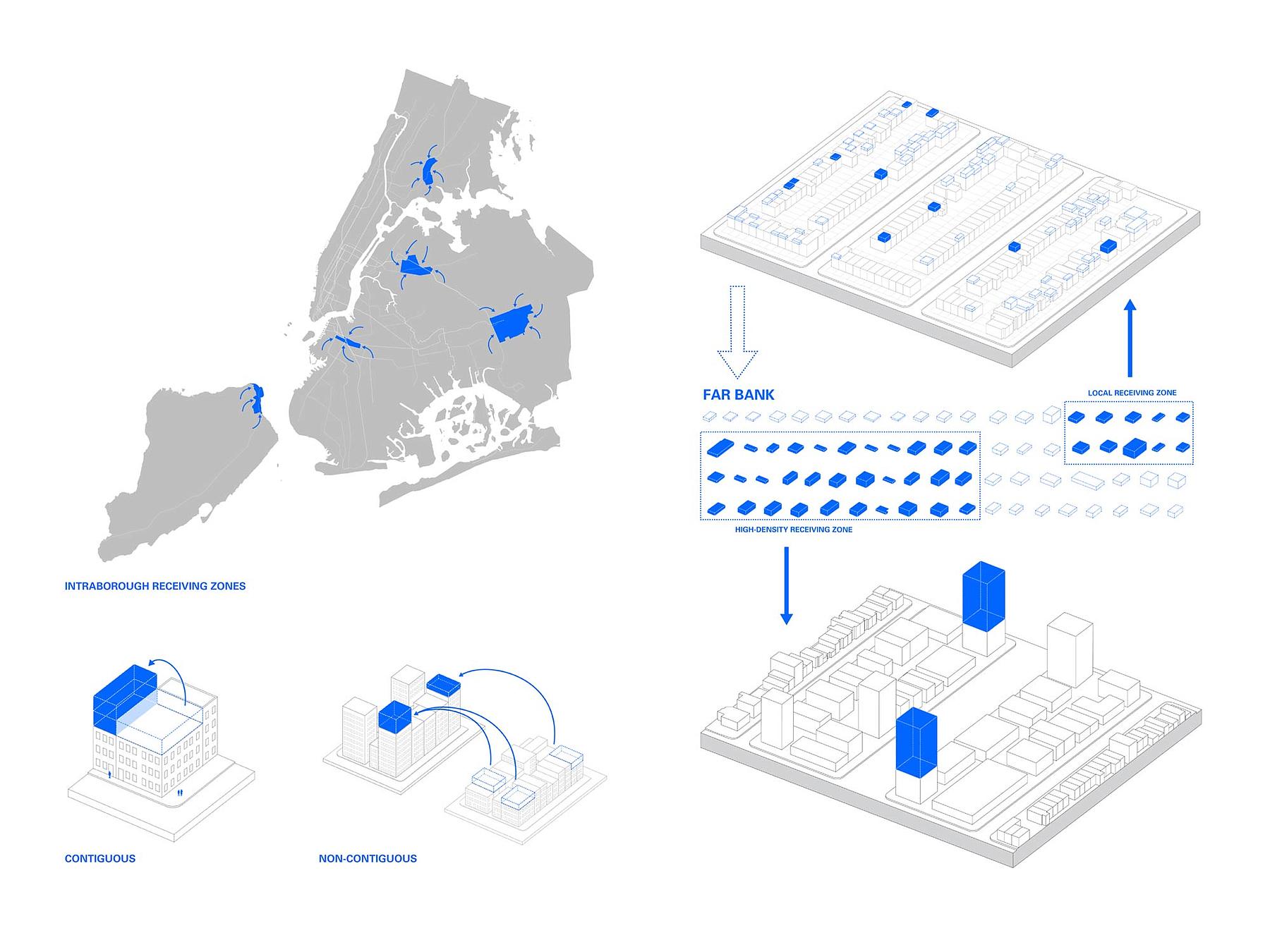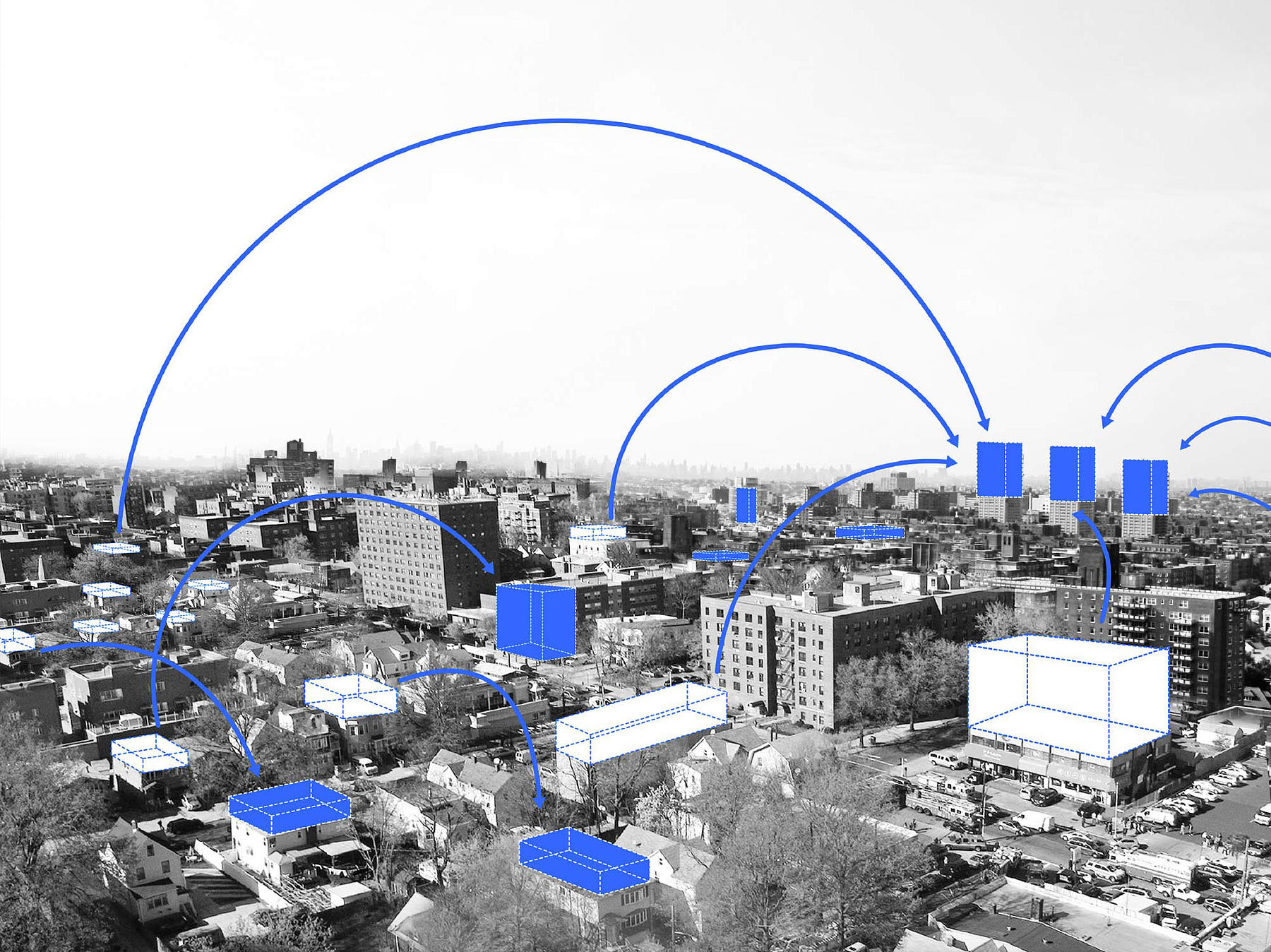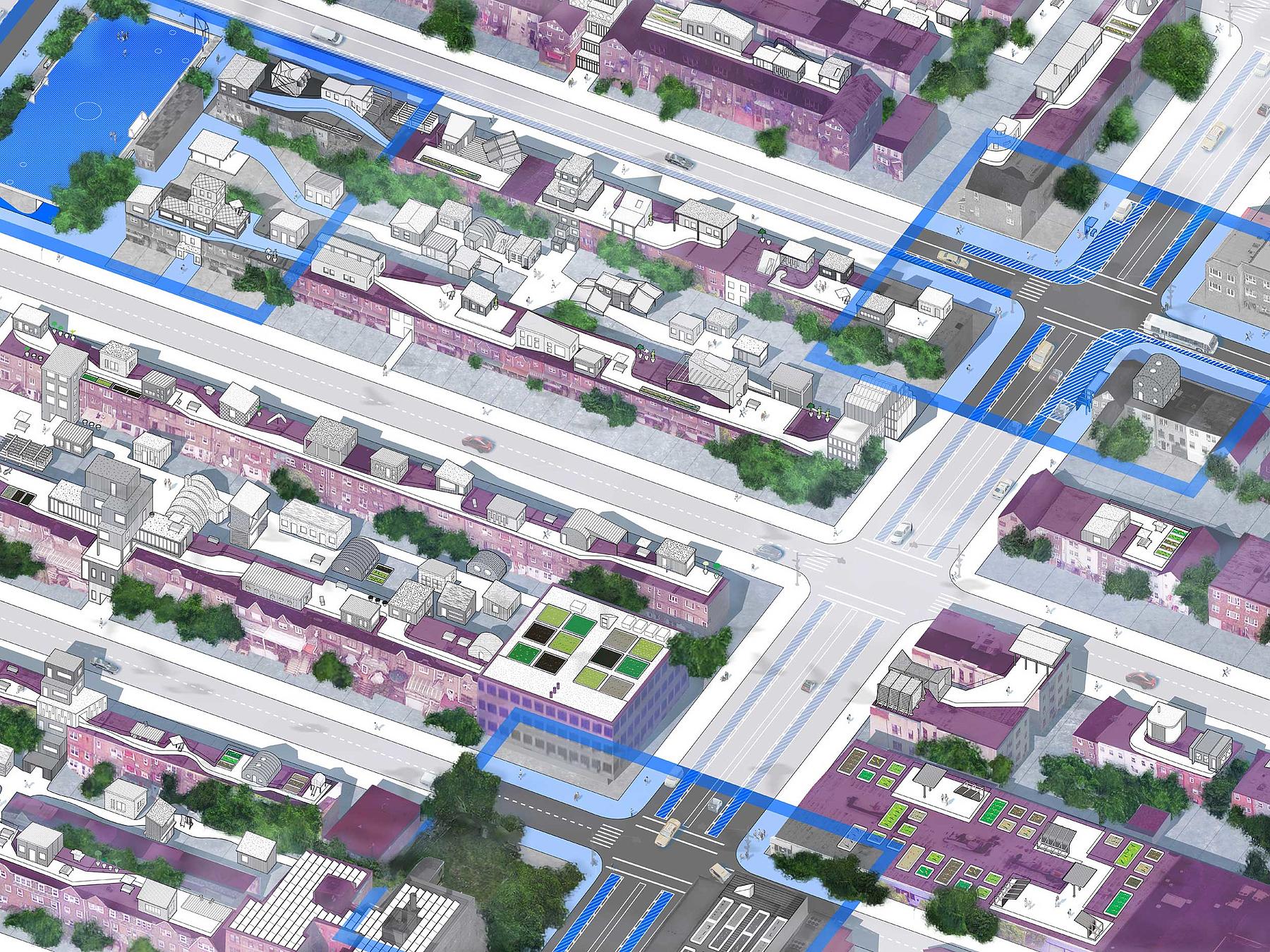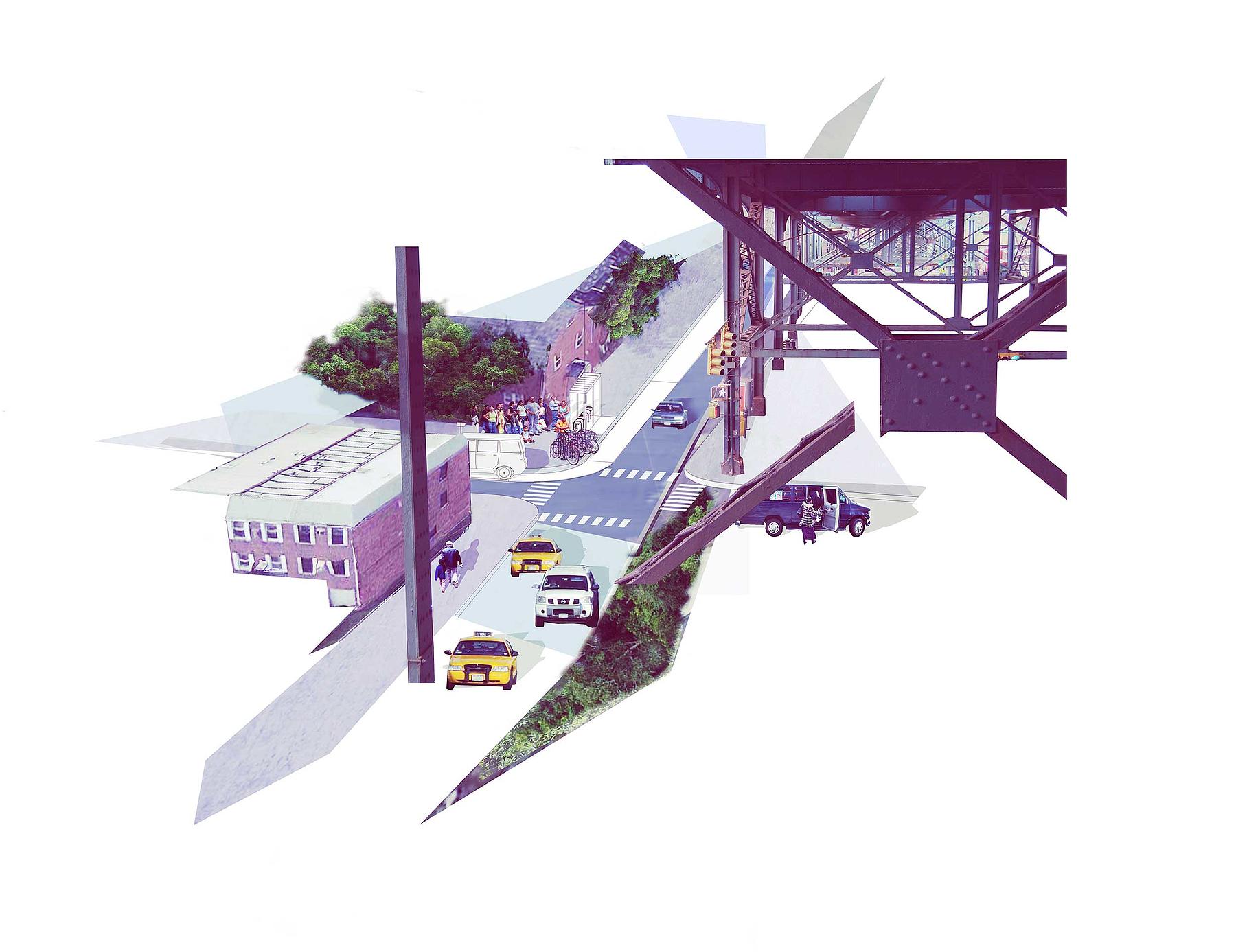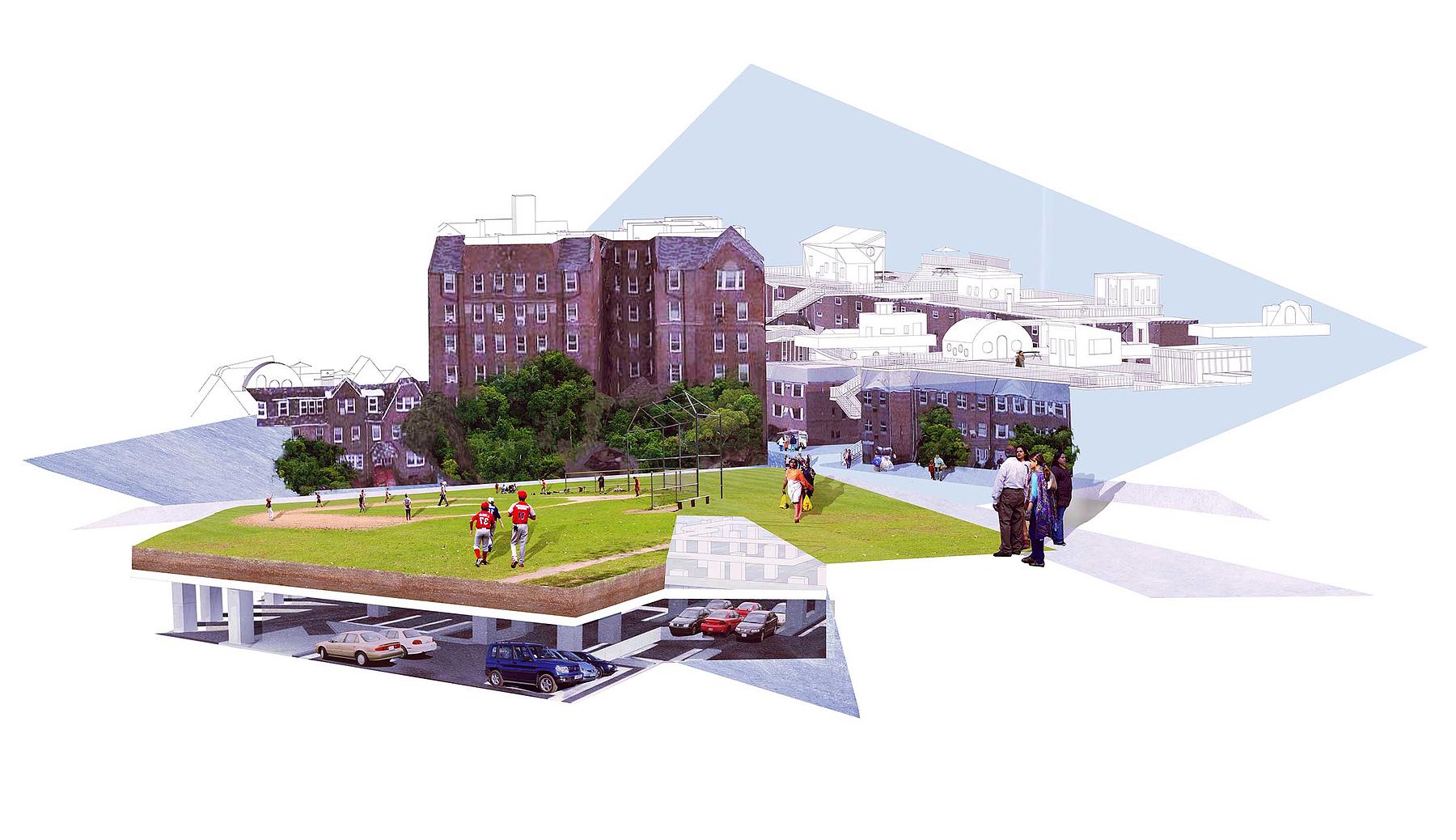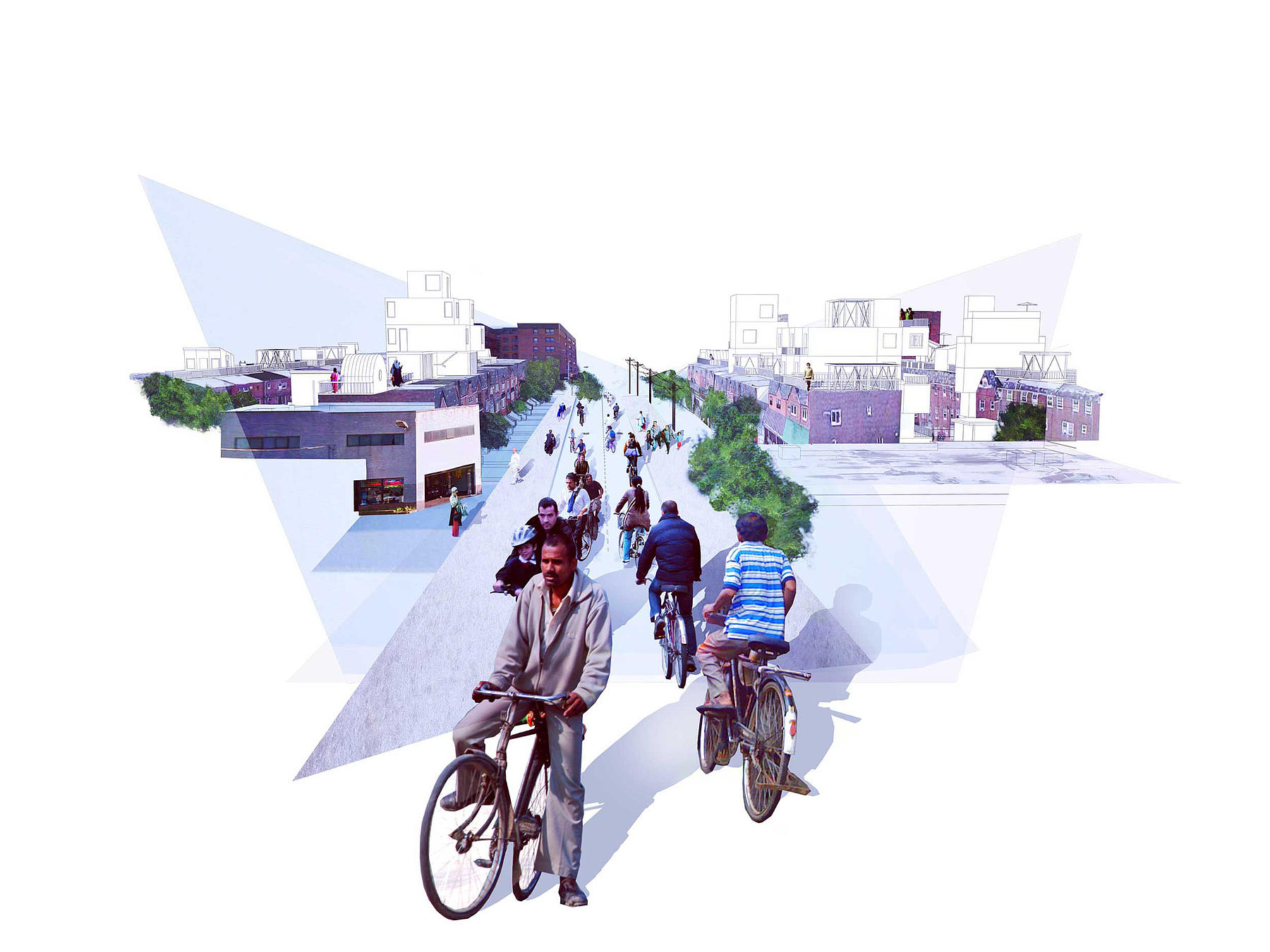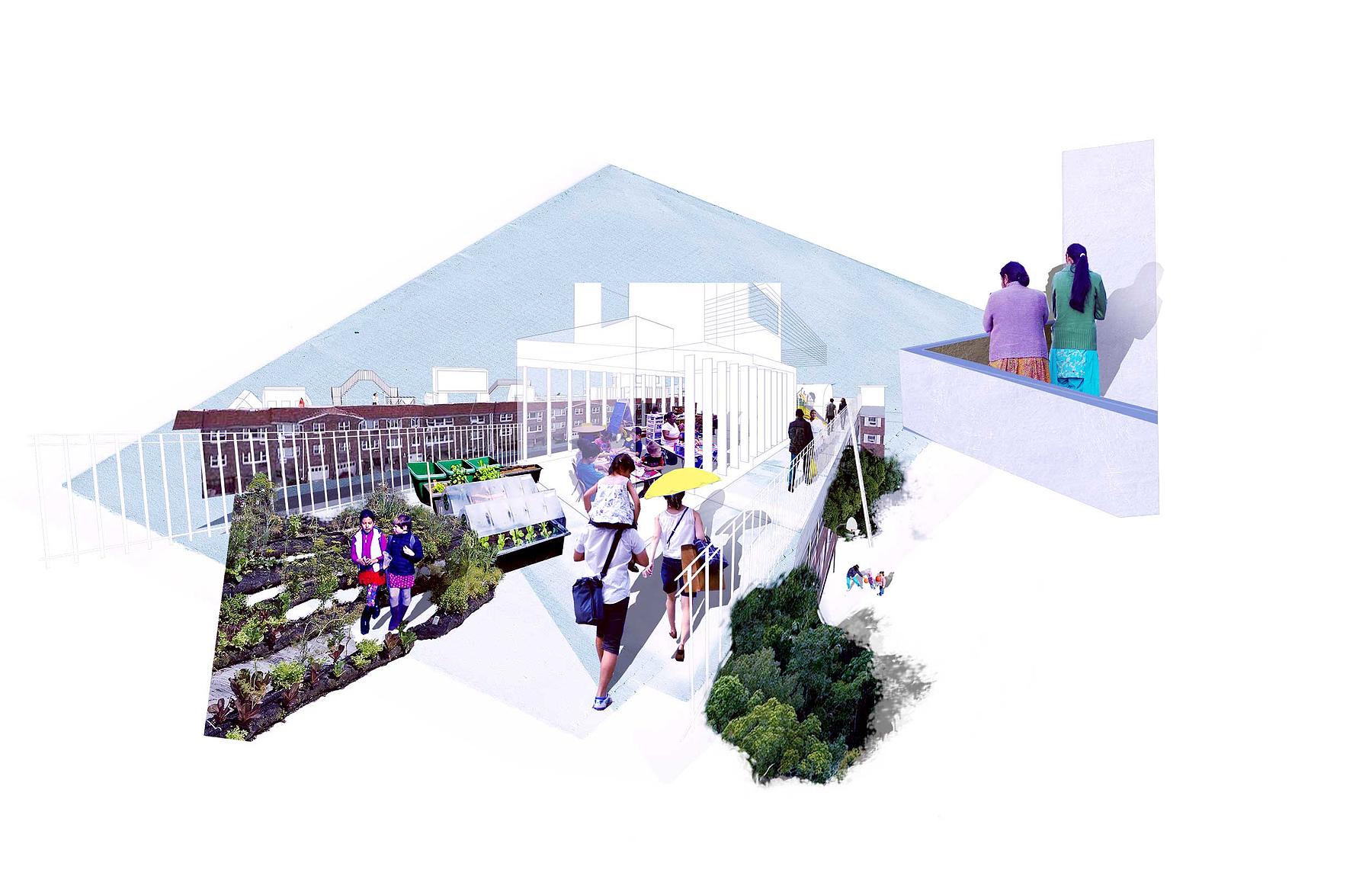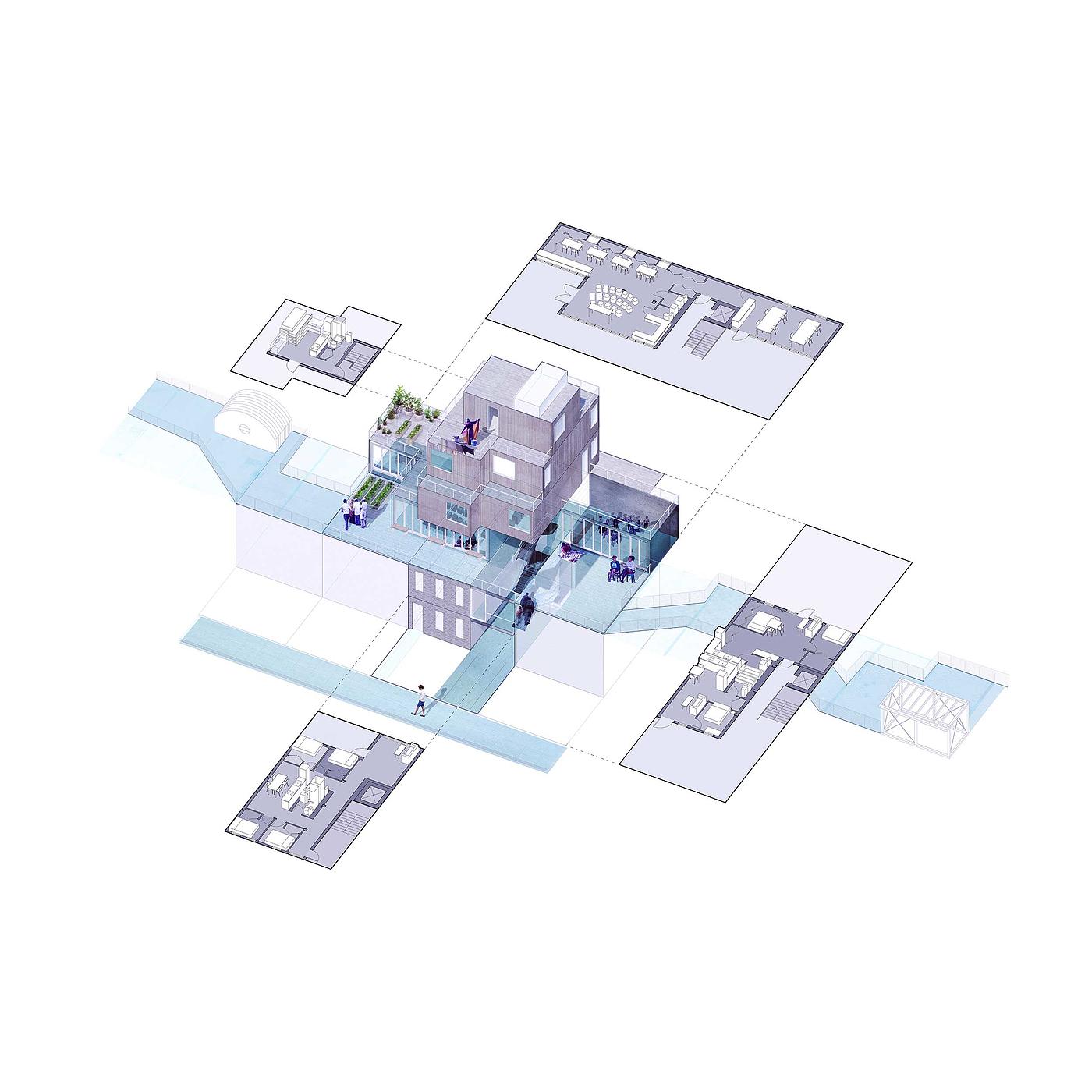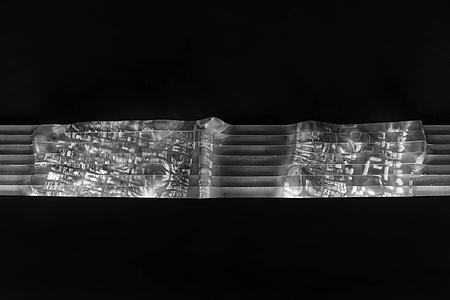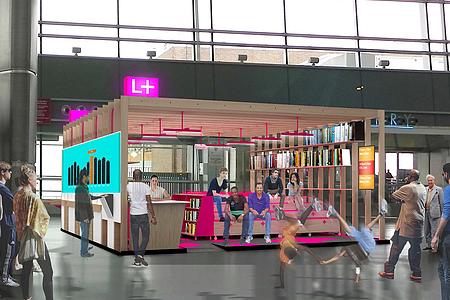Uneven Growth
Rapid urbanization has created an invisible New York—an informal system of financial, social and spatial networks often concealed from view.
Though housing in New York is rarely compared to conditions found in cities like Mumbai or Rio, one simply needs to scratch the surface in order to find the varied informal financial, social and spatial networks that live in the shadows of New York City’s legal frameworks.
This project—conducted as part of an exhibition at MoMA—sought to understand New York’s rapid but often-overlooked urbanization. We wanted to bring to light how cash-based economies, strained infrastructure and illegally converted dwellings are shaping our city. Much of the populations operating in these zones are poor and often concealed from view. Made invisible within the existing housing stock, poor residents are often left out of the policies and design decisions that shape their residences, neighborhoods and quality of life.
Through interviews with community stakeholders, demographic and land use analysis, we began to map out and document how informal housing solutions were playing out on the ground with a specific focus on neighborhoods in Queens. To address problematic conditions but also celebrate the agency and ingenuity of this grassroots development, we created a series of design interventions that support growing communities throughout the city.
Organizer
Location
New York, NY
Completion
2014
Photography
Thomas Griesel, Jeyhoun Allebaugh
Collaborators
Cohabitation Strategies, Citizen's Housing and Planning Council, Jesse Keenan (CURE)
